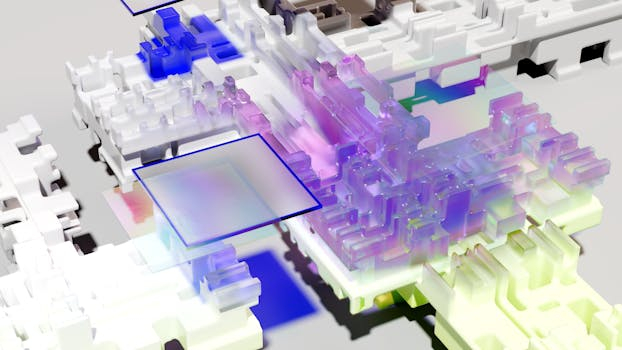Synthetic Media Regulators: Deep Fake Prevention Pros
In today’s digital age, the rise of synthetic media has become a major concern for many individuals and industries. With the advancement of technology, the creation of deep fake videos and images has become increasingly accessible, posing a dangerous threat to the authenticity of information. In response to this growing issue, regulators have stepped in to prevent the spread of deep fakes and protect against their potentially harmful effects. In this article, we will explore the role of synthetic media regulators and the benefits they provide in preventing the creation and circulation of deep fake content. 
The Rise of Synthetic Media
Synthetic media, also known as AI-generated media, refers to any digital content that is created or manipulated using artificial intelligence (AI) and machine learning technology. This can include photos, videos, audio recordings, and even text. With the rapid advancements in AI technology, creating and altering media has become easier and more accessible. While this has brought about many positive innovations, it has also opened the door to the creation of deep fake content.
A deep fake is a highly realistic fake video or image that is created using AI algorithms. These videos and images are so convincing that it can be challenging to distinguish them from real footage. Deep fakes are often created with malicious intent, such as spreading false information or damaging someone’s reputation. They can also be used to impersonate individuals, making it difficult to trust the authenticity of media content.
The Role of Synthetic Media Regulators
To combat the spread of deep fakes, regulators are working towards implementing measures that restrict the creation and circulation of synthetic media. These regulators include governments, social media platforms, and technology companies. Their efforts aim to prevent the spread of false information and protect individuals and organizations that may fall victim to the harmful effects of deep fakes.
One of the primary roles of synthetic media regulators is to create and implement policies and guidelines for the creation and distribution of AI-generated media. This involves working closely with technology experts and industry leaders to understand the ever-evolving technology behind deep fakes and to develop effective solutions to detect and prevent their creation.
Additionally, regulators are also responsible for monitoring and enforcing these policies. They work with social media platforms and technology companies to identify and remove deep fakes from their platforms. This not only helps to stop the spread of false information but also serves as a deterrent for individuals who may be tempted to create and circulate deep fakes.
The Pros of Deep Fake Prevention
Synthetic media regulators play a crucial role in preventing the creation and circulation of deep fakes. Their efforts provide many benefits, including:
Protecting Against False Information
Deep fakes can have severe consequences, especially when used to spread false information. Misinformation can lead to confusion and instill fear or panic within society. Regulators help to mitigate this risk by identifying and removing deep fakes from circulation, ensuring the authenticity of media content.
Safeguarding Against Online Harassment
Deep fakes can be used for malicious purposes, such as harassing and targeting individuals. By preventing the spread of these harmful videos and images, regulators can protect individuals or organizations from online harassment and potential threats to their safety.
Preserving Trust in Media
With the rise of deep fakes, it has become increasingly challenging to trust the authenticity of media content. By having regulators in place, individuals can be assured that the content they are consuming is reliable and truthful, preserving trust in media sources.
Promoting Ethical Use of AI Technology
Regulators also work to educate individuals and organizations on the ethical use of AI technology. This helps to prevent the misuse of synthetic media and encourages responsible usage that benefits society as a whole.
Conclusion
As synthetic media continues to evolve, so do measures to prevent the misuse of this technology. With the help of synthetic media regulators, we can combat the spread of deep fakes and protect against their potentially harmful effects. By working together to create and enforce policies, we can ensure the authenticity of media content and preserve trust in the information we consume.











